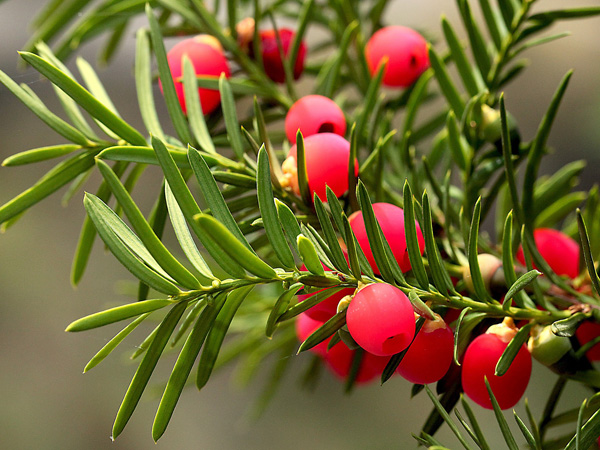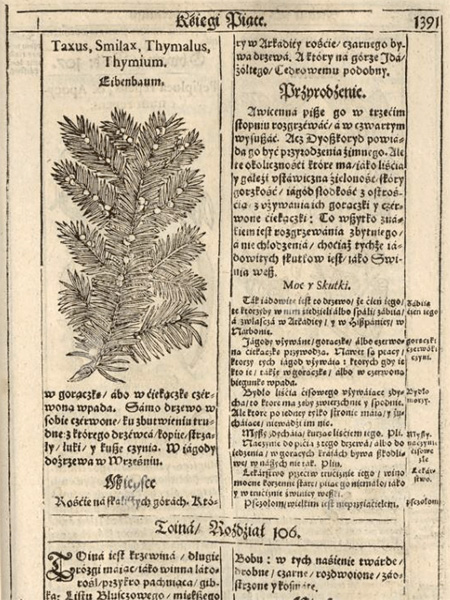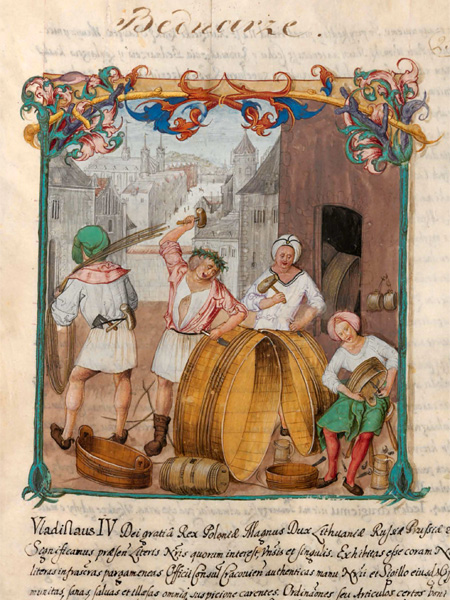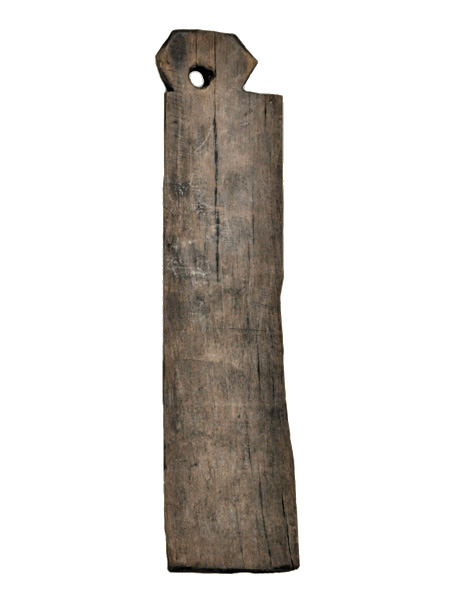Not so scary yew, or what medieval craftsmen can teach us about the toxicity of yew
The bad reputation of the yew Taxus baccata L. has been perpetuated by warnings in the literature about its poisonous properties. The most widely reproduced view is that all parts of this plant, except for the arils surrounding the seeds, are extremely toxic. In confirmation of this, numerous examples of fatal poisonings of humans and animals, resulting from the consumption of needles, seeds or twigs of this shrub, are cited. Anyway, the ancient physician Pedanius Dioscorides warned that "sitting or sleeping under the yew tree can lead to death."
In the context of this knowledge, archaeological findings showing that yew was one of the most commonly used wood raw materials in the early Middle Ages for making various types of everyday objects are surprising. The question arises whether the use of yew wood for making items that may come into prolonged contact with food, the oral mucosa or the skin of the hand, such as stave-built vessels, spoons and various types of small tools, may have had an impact on human and animal health. To answer this question, the researchers – Katarzyna Cywa from our Institute and Karol Kula from the Department of Forensic Medicine of the Medical College, Jagiellonian University – examined the currently collected T. baccata tissues and organs and archaeological wood for their toxicity using chromatographic techniques. The study showed that the cardiotoxic taxine B/isotaxine B is absent from the wood of trunks and thicker branches from which everyday objects were made in the Middle Ages. Small amounts of the substance were found only in the wood of one-year-old shoots, consistent with the information about the deaths of animals gnawing young twigs and needles.
The above studies prove the existence of practical knowledge in medieval society about the harmlessness of yew wood products. According to the authors of the analyses, numerous mentions of the tragic consequences of drinking wine from yew vessels were made as inaccurate descriptions of fatal poisoning of people after drinking a toxic decoction from the needles of this shrub.
See the original article:
Cywa K., Kula K. 2023. Problem of yew Taxus baccata L. wood toxicity. Xylological studies of medieval everyday objects from Poland. Journal of Archaeological Science: Reports 49: 103921. DOI

Yew.
Photo: pixabay.com.

A page from Szymon Syreński's herbarium.
Source: Elbląg Digital Library.

Coopers – a miniature from the Codex of Baltazar Behem (16th century).
Source: Biblioteka Jagiellońska.

A stave of a medieval bucket made of yew wood from the collection of the National Museum in Szczecin.
Photo: Katarzyna Cywa.





